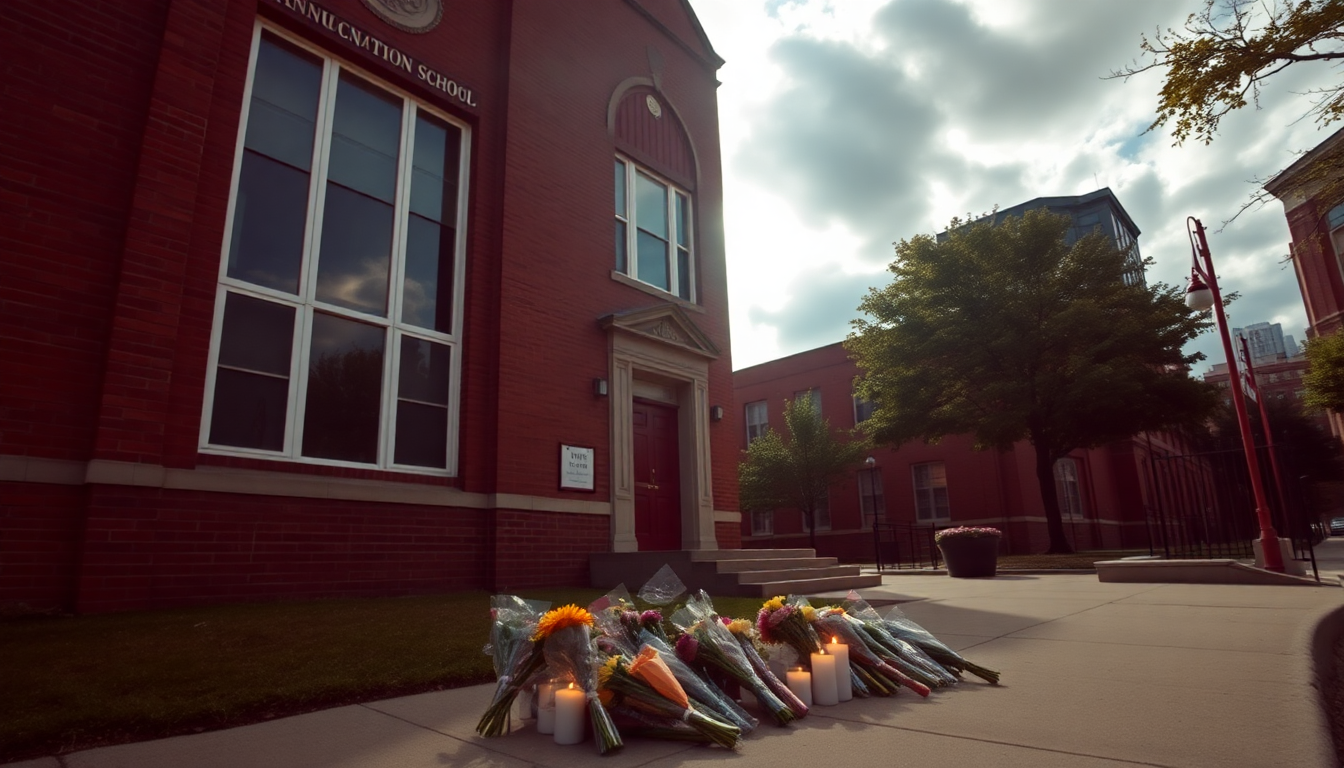Table of Contents
Tragedy recently struck Minneapolis, casting a long shadow over what should have been a joyful back-to-school season for many families. The shooting at Annunciation Catholic School not only took lives but also raised urgent questions about community safety and the devastating impacts of violence on local neighborhoods. How do we confront the stark reality of safety in our schools, and what measures can we take to protect our children?
The Incident and Its Immediate Aftermath
On what began as a typical Wednesday morning, students and families gathered for Mass at Annunciation Catholic School when the unimaginable happened. A shooter opened fire, tragically taking the lives of three individuals, including the perpetrator, and injuring over twenty others. Events like this demand not just our sympathy but urgent responses from law enforcement and community leaders. The sight of a man dressed in black with a rifle in a residential area raises serious concerns about the accessibility of firearms and the ongoing challenges we face in ensuring school safety.
The immediate aftermath saw a rapid response from local law enforcement, while parents anxiously awaited news of their children’s safety outside the school. This scene illustrates the panic and fear that envelops such incidents. Images of children in their school uniforms being escorted away under police tape serve as haunting reminders of the vulnerabilities that exist within our educational environments.
Community Implications and Safety Measures
The repercussions of such violent events extend far beyond the immediate trauma experienced by those directly involved. Communities often feel a ripple effect, where fear can seep into the daily lives of residents. It’s essential for local authorities and school boards to revisit and enhance their security protocols. Many schools are now considering stronger security measures, including increased surveillance, armed resource officers, and training for staff on how to respond during crises.
Community engagement plays a crucial role in addressing these pressing challenges. Open dialogues between law enforcement, school officials, and parents can foster a collaborative approach to enhance safety. Educational workshops focusing on conflict resolution, mental health awareness, and the importance of community vigilance can empower citizens to take proactive roles in safeguarding their neighborhoods. Have you thought about how you could get involved in your community’s safety efforts?
Long-Term Effects on Community Psyche
As communities work through the aftermath of violence, the long-term psychological effects are often overlooked. Fear and anxiety might linger long after physical wounds have healed, especially among children who may now feel anxious about their safety at school. It’s crucial for psychological support systems to be readily available to help individuals process their emotions and experiences. Schools should consider implementing counseling services that provide a safe space for students to express their fears and anxieties.
Moreover, fostering community resilience is vital in the recovery process. By uniting to support one another, communities can cultivate a sense of togetherness that counters the divisiveness often created by such tragic events. Initiatives encouraging community involvement—like neighborhood watch programs and local safety forums—can play significant roles in rebuilding trust and promoting a proactive stance toward safety. What steps can you take today to help your community feel safer?
Conclusion: A Call for Proactive Change
The shooting at Annunciation Catholic School stands as a stark reminder of the urgent need for community safety and proactive measures in our educational environments. As tragedies like this unfold, it’s crucial for communities to unite in strengthening their safety protocols and supporting one another. By understanding the implications of such violence and implementing comprehensive strategies, we can work together to create safer environments for our children. Are you ready to be part of the solution?


